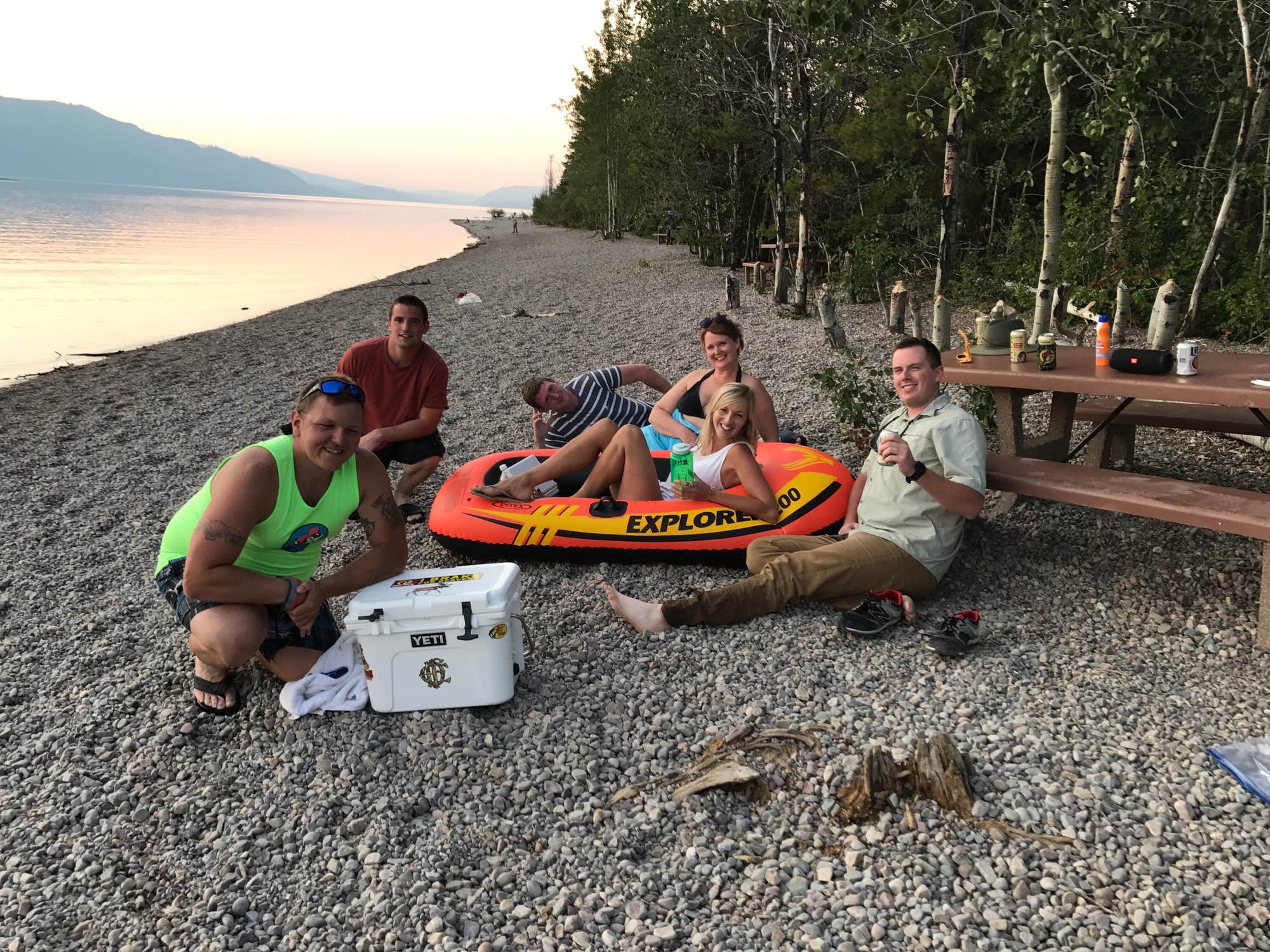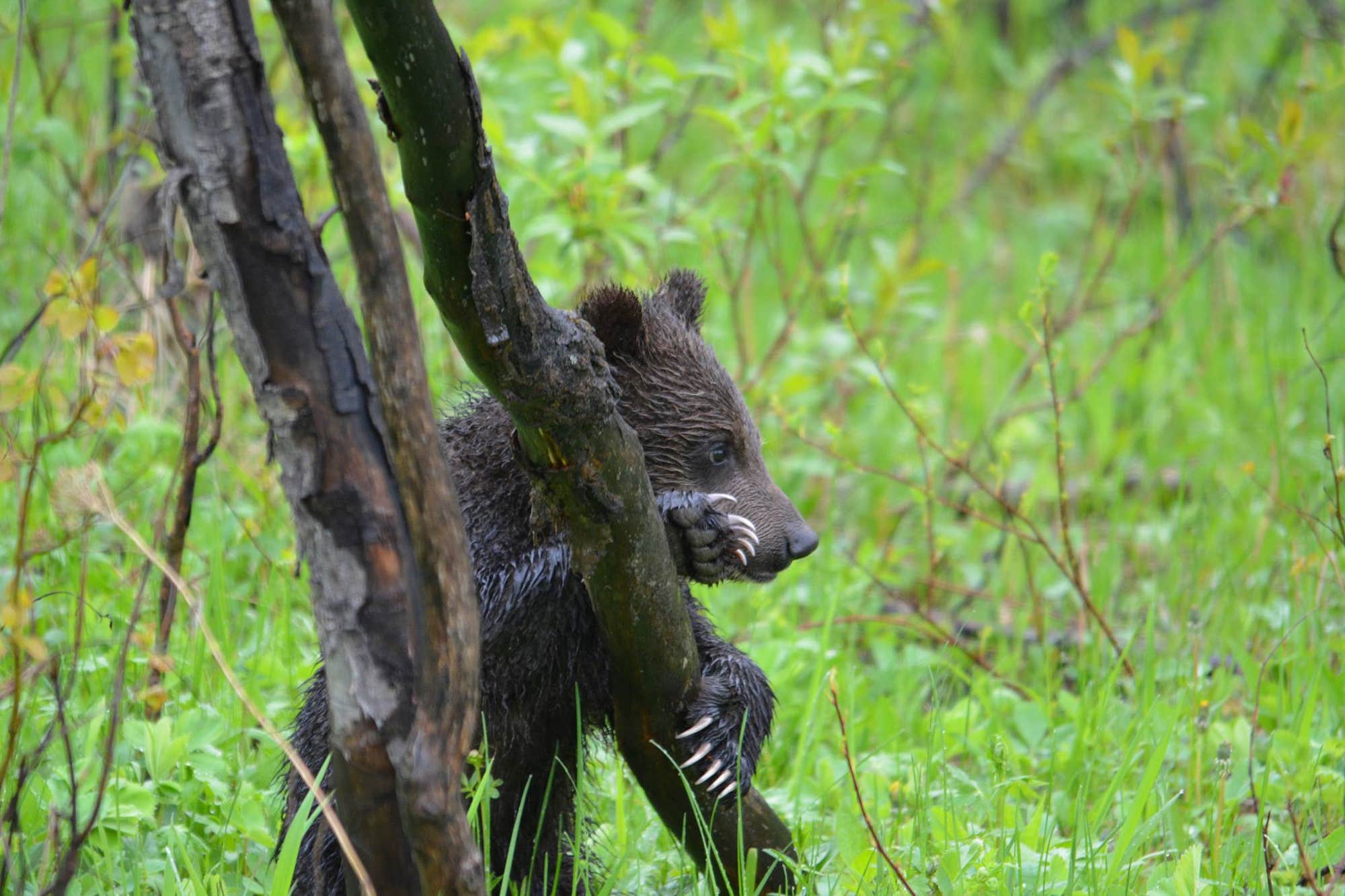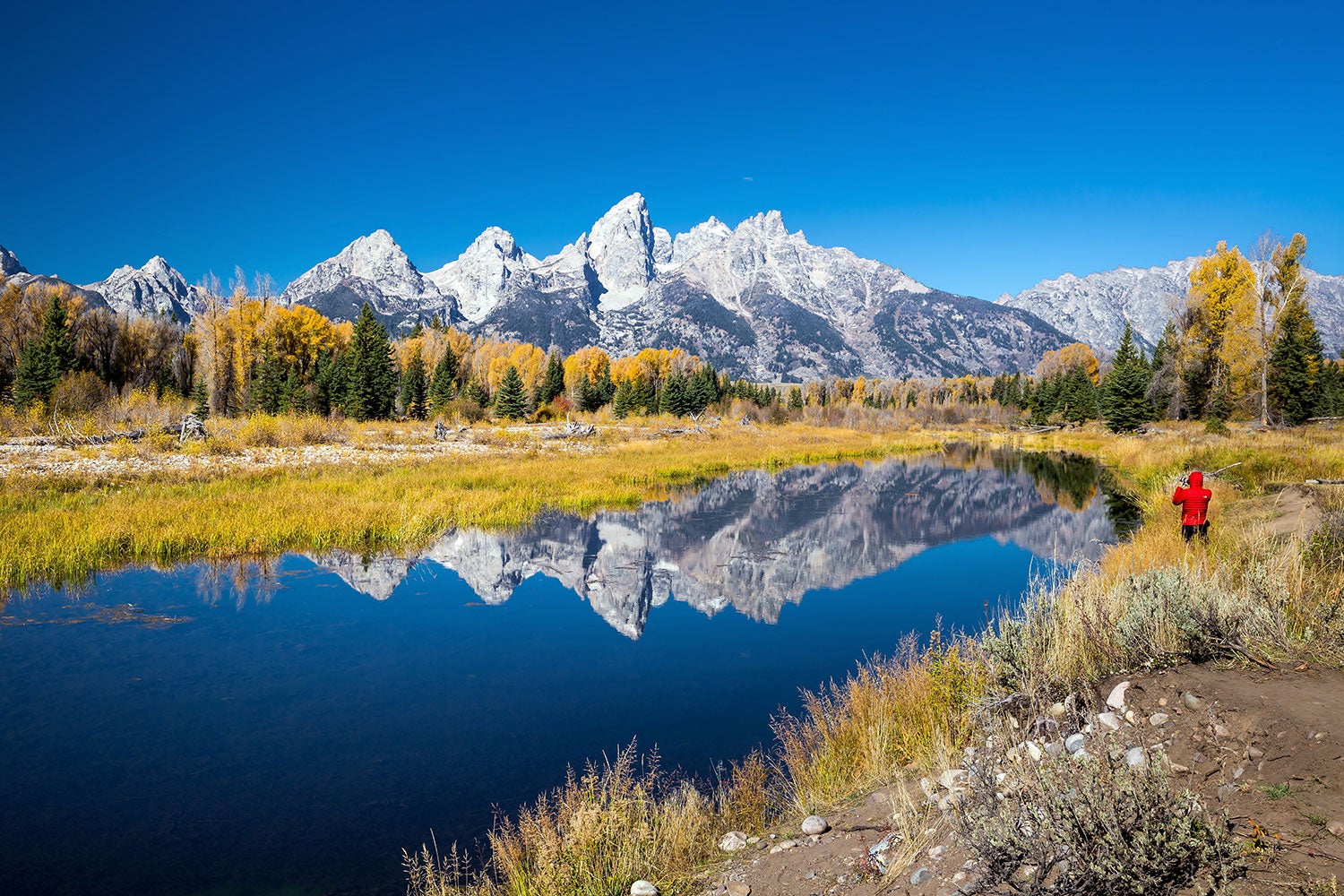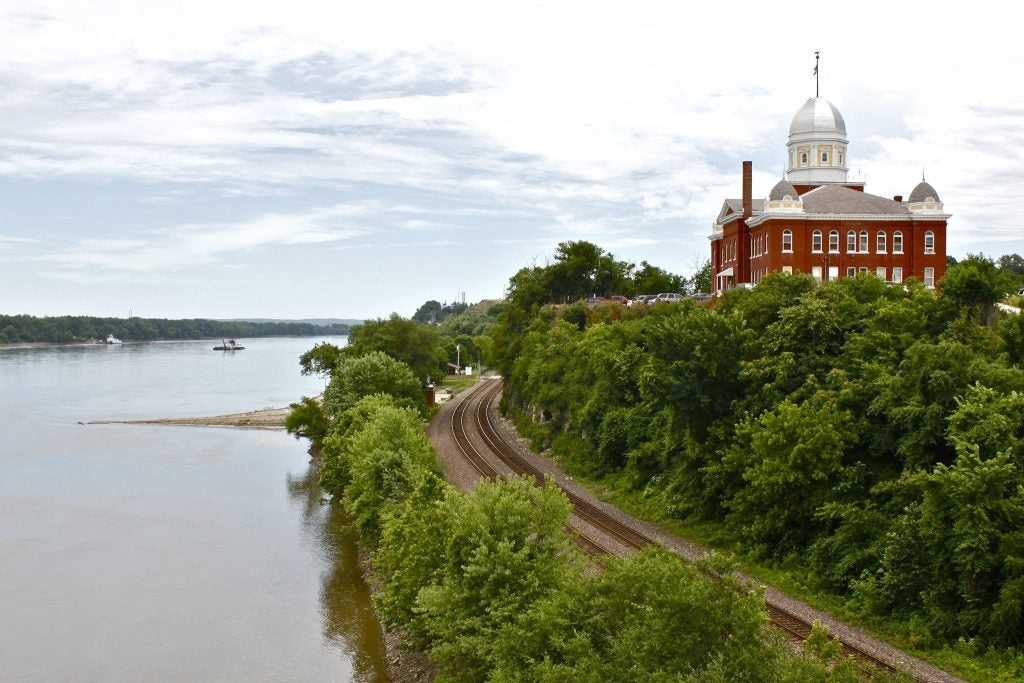You stumble from your tent, bundled up for the frosty morning. Taking a breath of fresh air, you glance up. Whoa. Sprawling before you are the most majestic mountain peaks you’ve ever seen, reflected on the still water of the lake below.
Go ahead and gawk. She deserves it.
Grand Teton is a popular spot. More and more, people are discovering that the Tetons harbor some of nature’s most exquisite gifts. The accessibility of their rugged beauty makes them appealing to a wide range of people. But as the snow melts and the trails lay bare, the summer months become congested. Finding Grand Teton camping can be tricky, especially if you’re visiting over the weekend.
Even in the winter, the Tetons attract a crowd. Visitors come to cross-country ski, snowshoe, and experience the snow-covered peaks.
Lucky for you, we have the insider’s guide to securing camping in Grand Teton. If you follow these steps, you can spend your time enjoying Grand Teton instead of searching for a coveted Grand Teton campground.
A Foolproof Guide to Finding Camping in Grand Teton
The good news is, the park’s camping usage is habitual. You can leverage the patterns by beating other campers to the punch.
Step 1: Make a Reservation

Image from Jason P.’s campground review on The Dyrt
If you know when you’ll be camping in Grand Teton, you’re at an advantage. Reserving your campsite is an excellent way to secure your place in the park. But there are some caveats to this plan.
- Only one of the six campgrounds in Grand Teton takes advanced reservations for camping: Headwaters at Flagg Ranch. You can make reservations for the cabins and RV park at Colter Bay, but no tent sites. Reservations for summer spots at these campgrounds open as early as November 1st.
- All Grand Teton camping options let you reserve group sites.
- You have to know pretty far in advance when you’re visiting, especially in the summer. The campgrounds can fill up months ahead of time.
- This plan works best if you’re traveling by RV. Even though Headwaters takes reservations for tents sites, most of their reservations are for RV sites and cabins. The tent sites fill up quickly. And Colter Bay‘s reservable sites are for RVs.
“We booked a reservation for an RV site much earlier in the year so we’d be sure to have a spot on our National Park camping tour.” –The Dyrt camper Terry J. (reviewing Headwaters at Flagg Ranch)
Step 2: Get There Early

Image from Diane N.’s campground review on The Dyrt
If you can’t make a reservation, arrive early. It’s best to get to the park and knock out the camping situation immediately. Here are a few things to remember.
- Most of the camping in Grand Teton is first-come-first-served. The earlier you arrive, the better. Jenny Lake and Signal Mountain are the most popular campgrounds. On a summer weekend, they can fill up as early as 8:00-10:00 am.
- You’re more likely to get a prime campsite. Most people go through a pattern of visiting Jenny Lake, then Signal Mountain, Colter Bay, Lizard Creek, Headwaters, then Gros Ventre. Gros Ventre is a great campground; getting there early can earn you a quiet spot with views of the mountains. A good strategy is to go straight there (unless you want a lakeshore campsite).
- Most campgrounds accept credit cards, but a few only take cash (Jenny Lake being one example). If you’re like me and don’t carry cash, arriving early gives you a buffer in case you have to find an ATM.
“Get there early, and be patient, first come first serve and ultra-popular! Insane views of the Tetons! Short hike to Jenny Lake and the boat dock. There is a great hike that leads to an incredible waterfall on the other side! For the win!” –The Dyrt camper Megan B. (reviewing Jenny Lake)
Step 3: Consider Alternatives

Image from Deanna C.‘s campground review on The Dyrt
Arriving in the morning may not be an option. No matter how well you plan, life happens. You might not get to Grand Teton until the late afternoon or evening. Don’t panic. You still have great options for Grand Teton camping.
- If you’re a seasoned adventurer, consider backcountry camping. The campsites nestled in the canyons of the Tetons will blow you away. Backcountry camping takes preparation, as you’re self-sustaining and hiking through bear country. You need to a permit; reserve online (January 7 through May 15) or drop in the day before your trip.
- Outside the park are some great national forest service campgrounds. Within a few miles of Grand Teton are Atherton Creek, Red Hills, and Crystal Creek. These smaller campgrounds are cheaper, quieter, and better for wildlife viewing.
- If you’ve exhausted all other options, find some open land and disperse camp. You can camp anywhere on national forest land or Bureau of Land Management (BLM) land, unless otherwise posted. The Bridger-Teton National Forest surrounds the park. Make sure you’re 100-200 feet from any road, trail, or body of water. Be respectful when relieving yourself, leave no trace, and remember, you’re in bear country. The trade-off is you get to camp for free.
“There’s nothing but peace, quiet, and the soft hum of a river nearby. There is a HUGE grassy area and I swear it’s one of the most beautiful campsites I’ve ever visited.” –The Dyrt camper Robin P. (reviewing Crystal Creek)
If you follow these steps, you’ll be camping in Grand Teton in no time. There’s no day of the week, time of year, or holiday rush that can stop you. Take your newfound invincibility and go camping!
Related Campgrounds:
The Dyrt is the only camping app with all of the public and private campgrounds, RV parks, and free camping locations in the United States. Download now for iOS and Android.Popular Articles:
Articles on The Dyrt Magazine may contain links to affiliate websites. The Dyrt receives an affiliate commission for any purchases made by using such links at no additional cost to you the consumer.



